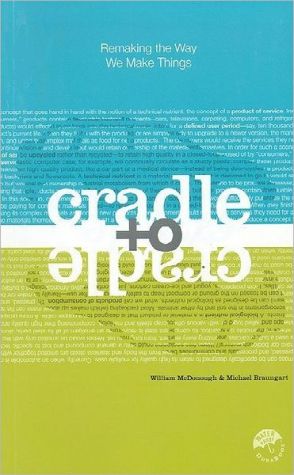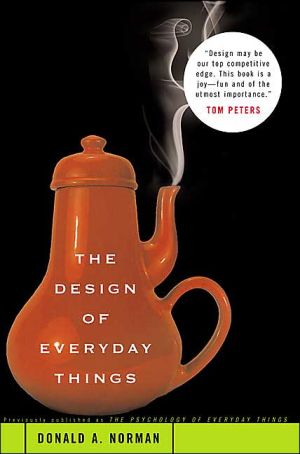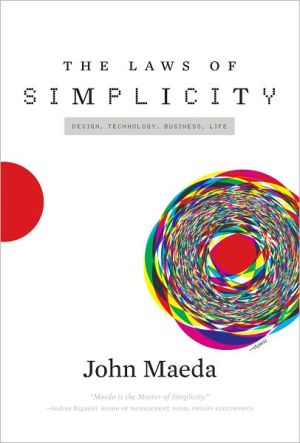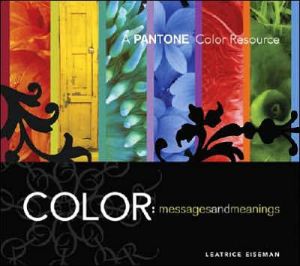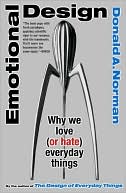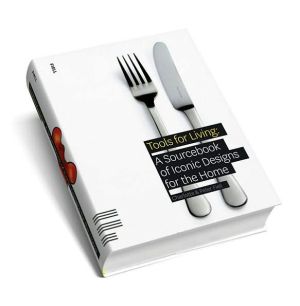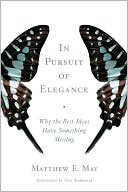The Design of Design: Essays from a Computer Scientist
Making Sense of Design\ Effective design is at the heart of everything from software development to engineering to architecture. But what do we really know about the design process? What leads to effective, elegant designs? The Design of Design addresses these questions.\ These new essays by Fred Brooks contain extraordinary insights for designers in every discipline. Brooks pinpoints constants inherent in all design projects and uncovers processes and patterns likely to lead to excellence....
Search in google:
Making Sense of DesignEffective design is at the heart of everything from software development to engineering to architecture. But what do we really know about the design process? What leads to effective, elegant designs? The Design of Design addresses these questions.These new essays by Fred Brooks contain extraordinary insights for designers in every discipline. Brooks pinpoints constants inherent in all design projects and uncovers processes and patterns likely to lead to excellence. Drawing on conversations with dozens of exceptional designers, as well as his own experiences in several design domains, Brooks observes that bold design decisions lead to better outcomes.The author tracks the evolution of the design process, treats collaborative and distributed design, and illuminates what makes a truly great designer. He examines the nuts and bolts of design processes, including budget constraints of many kinds, aesthetics, design empiricism, and tools, and grounds this discussion in his own real-world examples—case studies ranging from home construction to IBM’s Operating System/360. Throughout, Brooks reveals keys to success that every designer, design project manager, and design researcher should know.
Preface ixPart I: Models of Designing 1Chapter 1: The Design Question 3Chapter 2: How Engineers Think of Design–The Rational Model 13Chapter 3: What’s Wrong with This Model? 21Chapter 4: Requirements, Sin, and Contracts 39Chapter 5: What Are Better Design Process Models? 51Part II: Collaboration and Telecollaboration 61Chapter 6: Collaboration in Design 63Chapter 7: Telecollaboration 89Part III: Design Perspectives 103Chapter 8: Rationalism versus Empiricism in Design 105Chapter 9: User Models–Better Wrong than Vague 113Chapter 10: Inches, Ounces, Bits, Dollars–The Budgeted Resource 119Chapter 11: Constraints Are Friends 127Chapter 12: Esthetics and Style in Technical Design 139Chapter 13: Exemplars in Design 153Chapter 14: How Expert Designers Go Wrong 167Chapter 15: The Divorce of Design 175Chapter 16: Representing Designs’ Trajectories and Rationales 185Part IV: A Computer Scientist’s Dream System for Designing Houses 201Chapter 17: A Computer Scientist’s Dream System for Designing Houses–Mind to Machine 203Chapter 18: A Computer Scientist’s Dream System for Designing Houses–Machine to Mind 219Part V: Great Designers 229Chapter 19: Great Designs Come from Great Designers 231Chapter 20: Where Do Great Designers Come From? 243Part VI: Trips through Design Spaces: Case Studies 257Chapter 21: Case Study: Beach House “View/360” 259Chapter 22: Case Study: House Wing Addition 279Chapter 23: Case Study: Kitchen Remodeling 297Chapter 24: Case Study: System/360 Architecture 313Chapter 25: Case Study: IBM Operating System/360 331Chapter 26: Case Study: Book Design of Computer Architecture: Concepts and Evolution 347Chapter 27: Case Study: A Joint Computer Center Organization: Triangle Universities Computation Center 355Chapter 28: Recommended Reading 367Acknowledgments 371Bibliography 375People Index 393Subject Index 401

